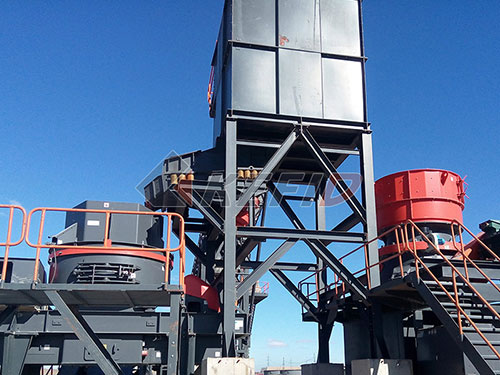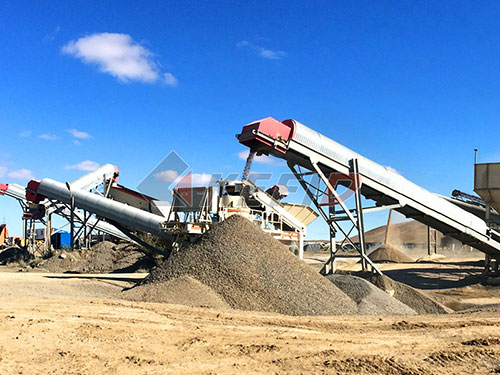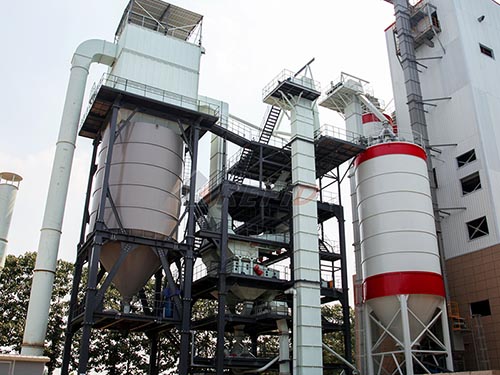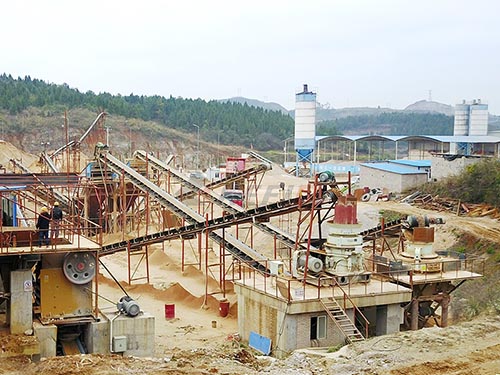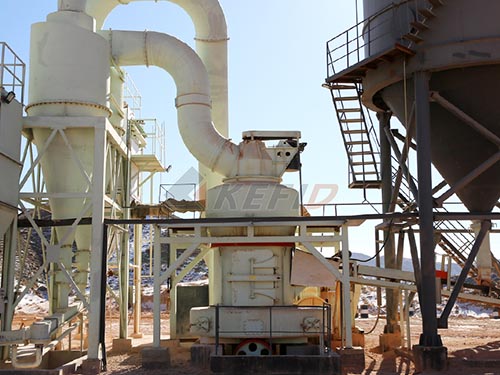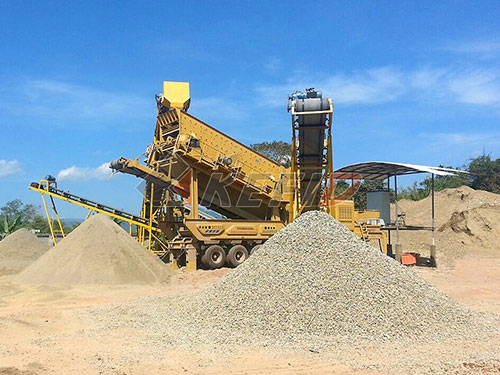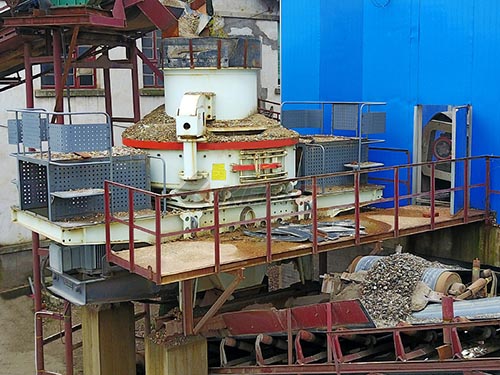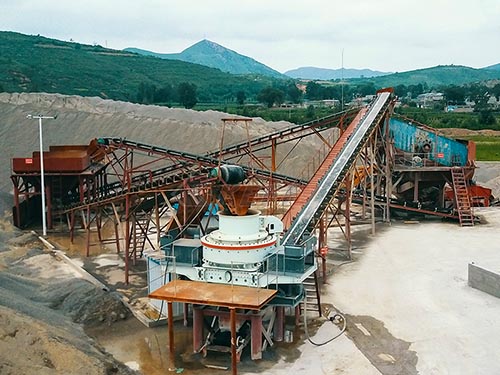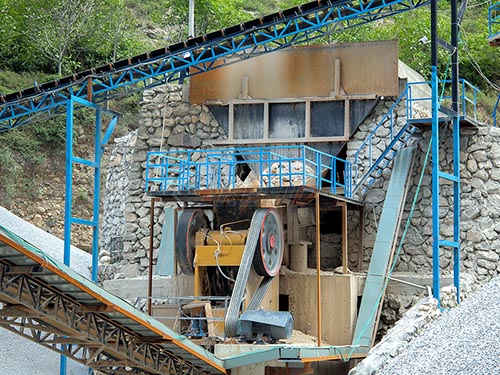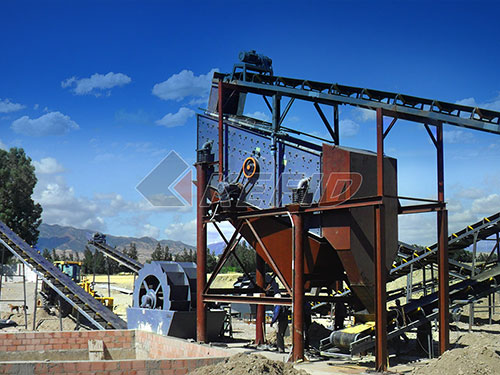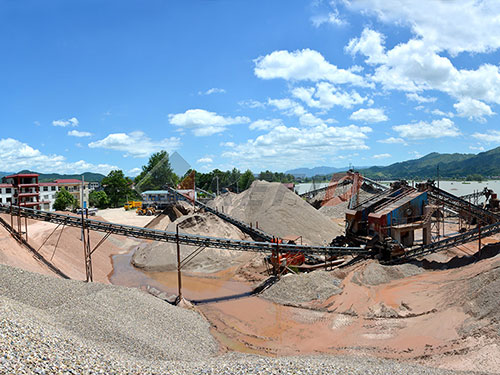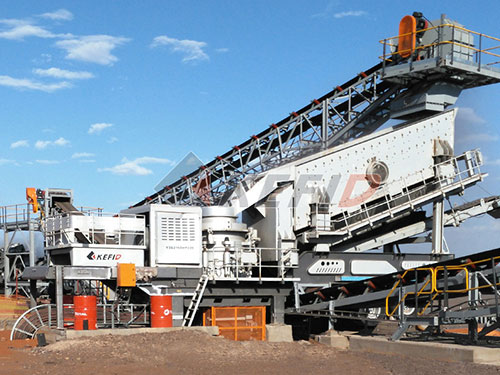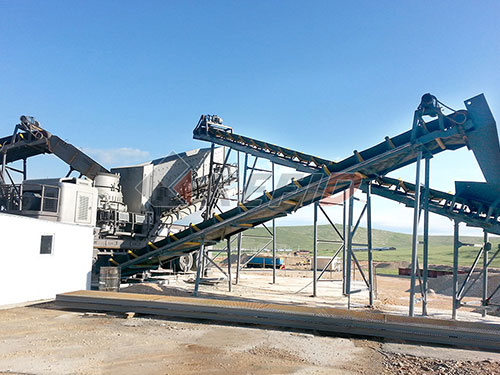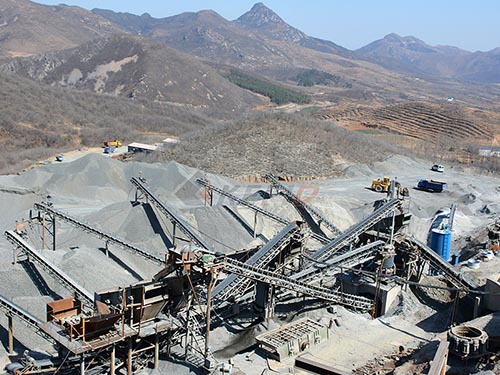Demystifying the Investment: Cost Considerations for a Metso 300 TPH Stone Crusher Plant
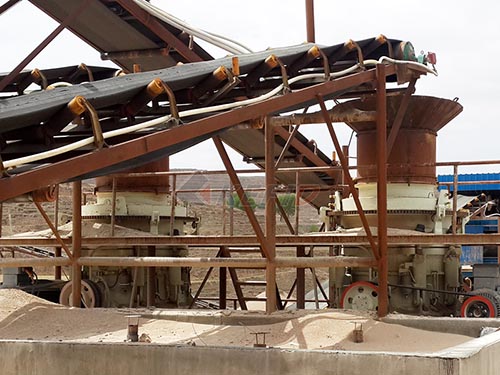
Investing in a robust stone crushing plant is a significant capital decision for any quarrying or mining operation. A Metso-designed 300 tonnes per hour (TPH) plant represents a substantial mid-to-large-scale production capability, suitable for demanding applications. Understanding the cost structure is crucial for accurate budgeting and ROI calculation. While pinpointing an exact figure is complex due to numerous variables, we can break down the key cost components influencing the total investment.
Core Cost Drivers:
1. Equipment Selection & Configuration: This is the single largest cost factor.
Primary Crusher: A Metso Nordberg® C Series jaw crusher (e.g., C150, C160) or Nordberg® NP Series impact crusher is typical for this capacity. Jaw crushers generally have a lower initial cost than impactors but may produce slightly less cubicle product.
Secondary & Tertiary Crushers: Cone crushers (Nordberg® HP Series – HP300, HP400; Nordberg® GP Series – GP300, GP500) are standard for secondary and tertiary stages. The number of stages (2-stage vs. 3-stage) significantly impacts cost and final product shape/size control.
Screens: Multiple vibrating screens (Metso ES™, MF™, or CVB™ series) are needed for efficient sizing and recirculation of oversize material. Screen size, number of decks, and features influence price.
Feeders & Conveyors: Robust apron feeders (Metso AF™), vibrating grizzly feeders (VF™), and extensive conveyor systems with belts, rollers, drives, and structures form a major part of the mechanical cost.
Optional Equipment: Pre-screening scalpers, washing equipment (screws, cyclones), dust suppression systems, metal detectors/magnets add considerable cost.
2. Plant Design & Engineering:
Layout Complexity: A compact modular design might have different costs than a traditional fixed plant requiring extensive civil works.
Civil Works & Foundations: Site preparation, concrete foundations for heavy equipment like primary crushers and screens are substantial costs often underestimated.
Structural Steelwork: Support structures for conveyors, walkways, platforms, crusher houses/sheds require significant steel fabrication and erection.

3. Electrical & Control Systems:


